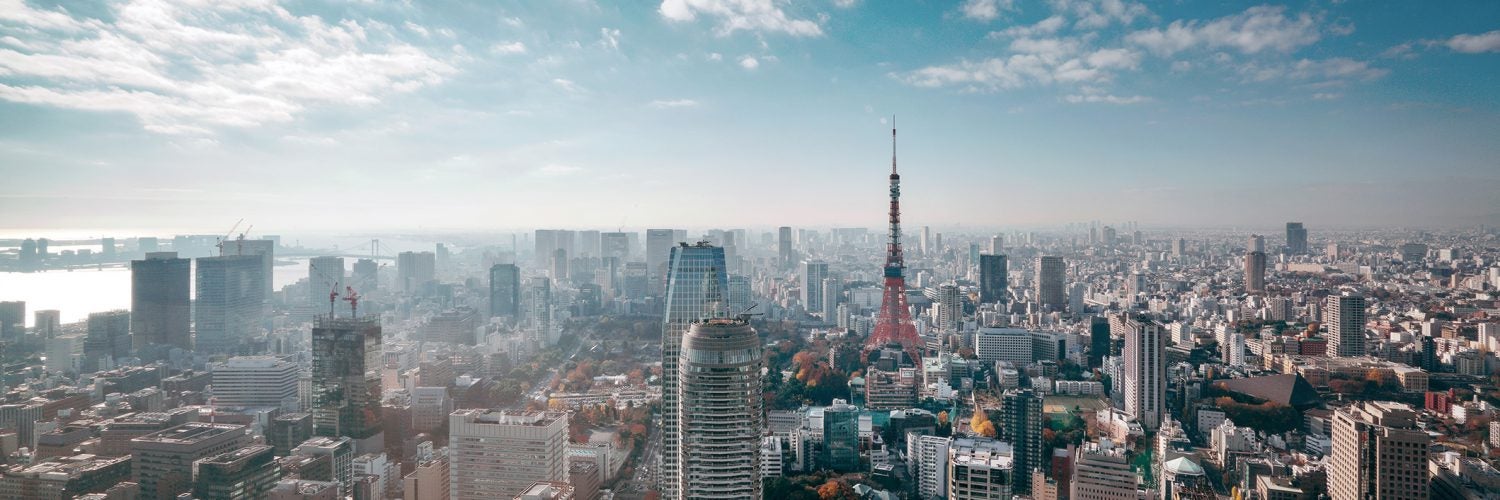Since the beginning of the COVID-19 pandemic, the Japanese response has been a source of intrigue and curiosity. Initially, Japan appeared to be a positive outlier—as South Korea, Iran, and Italy were grappling with large outbreaks—but seemed to achieve this containment without implementing wide-sweeping lockdowns or mass testing. While there was consideration that the total number of cases remained low due to a low testing rate, Japan did not experience the surge of COVID-19-related admissions and deaths that had been witnessed across the world, suggesting that the spread of disease was contained for multiple weeks. The outbreak on the Diamond Princess cruise ship, which docked in the city of Yokohama in mid-February, was an early test for the country. Meanwhile, the public health system identified several clusters, which seemed to suggest the existing infrastructure was working. At the end of February, Prime Minister Shinzo Abe closed schools until March, to coincide with the end of the national spring break for schools. The summer Tokyo Olympics loomed large as the world awaited Japan’s decision about whether to postpone the global event, which Japan and the International Olympic Committee finally did in late March.
Cases in Japan began rapidly rising in late March and, on April 7, Prime Minister Abe declared a state of emergency in Tokyo and its surrounding cities. This afforded their governors the right to issue stay-at-home policies. A week later, he expanded the state of emergency and these local powers to the entire nation, so each prefecture and city determined its own course of action. When schools were allowed to reopen in early April, some opted to extend closures while others shifted students’ schedules to avoid travel during peak commute times. But as April progressed, reports of hospital outbreaks and lack of personal protective equipment became more common. It was clear that COVID-19 was beginning to take a toll on the healthcare system. Big questions remained about how the Japanese public health and medical system, which had handled the first unusual yet nondescript wave, would respond to this more serious attack.
In this evidence brief, we posit that the two primary components of the Japanese health system response–the public health centers and designated infectious disease hospitals–were well-established to address smaller infectious disease outbreaks, but were inadequate to handle the surge of a rapidly-moving pandemic like COVID-19. With critical adaptations, the country was able to “bend but not break” as other public health strategies–such as social distancing, masking, and contact tracing–took effect to ultimately flatten the curve of infections and deaths. Here, we highlight the key lessons, strengths, and weaknesses of Japan’s COVID-19 health system response that may be useful both to Japan for future outbreaks and to other health systems and governments around the world.



